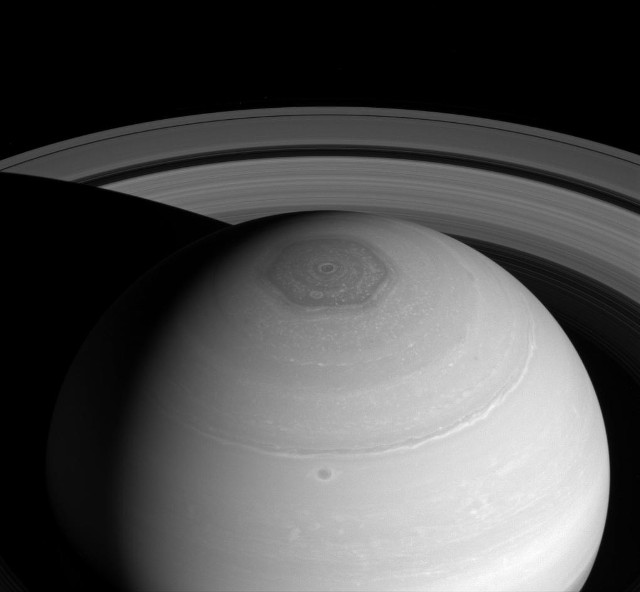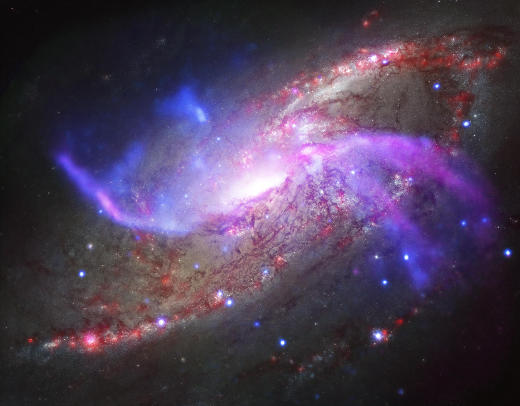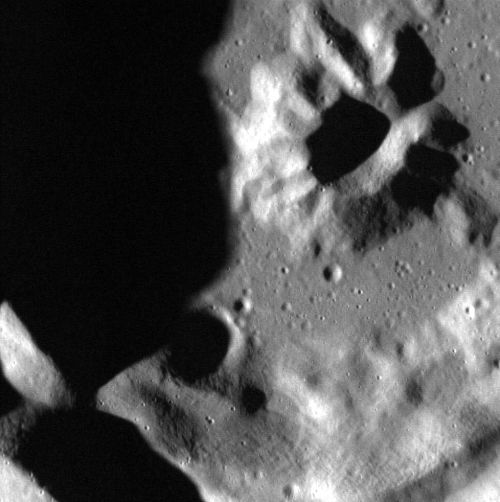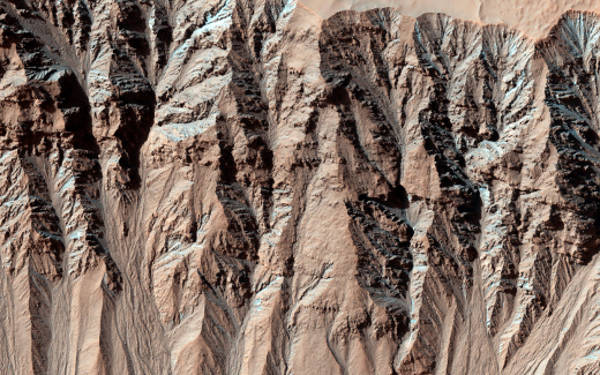
The Cassini spacecraft captured a couple of awesome sights at once. We can clearly see Saturn’s north polar vortex with its very intriguing and vast hexagonal shape (this area on Saturn is believed to be wider than two Earths!) and the planet’s expansive rings. The view was obtained at a distance of approximately 2.2 million kilometers from Saturn and at a Sun-Saturn-Cassini spacecraft angle of 43 degrees.


